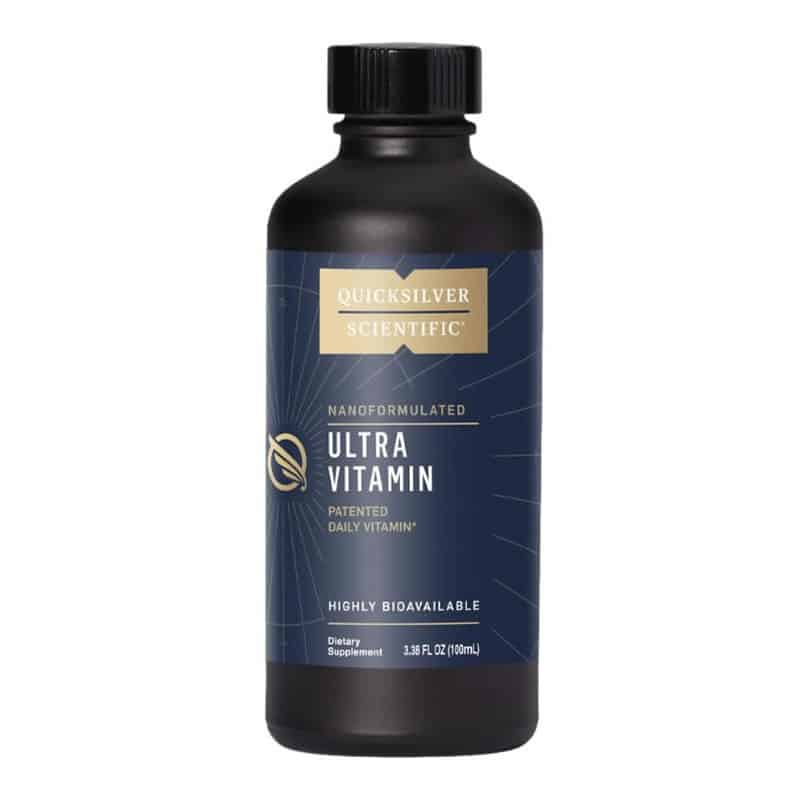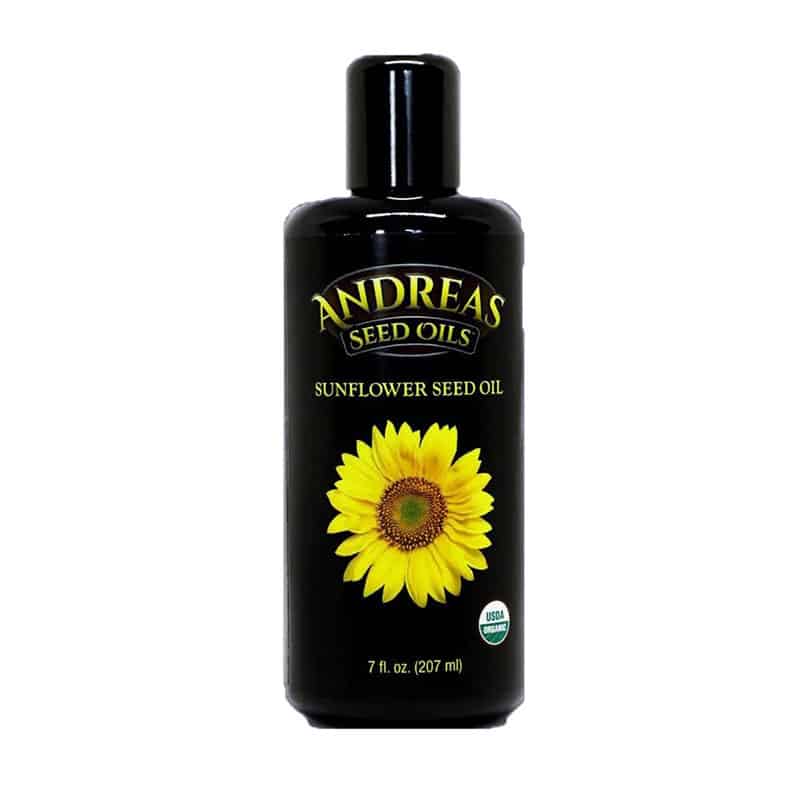No products in the cart.
Vitamin E
Vitamin E is a family of 8 compounds: four tocopherols and four tocotrienols. Each of the four tocopherols and tocotrienols are named with the Greek letters: alpha, beta, gamma, and delta. The chemical difference between the various vitamin E molecules, tocotrienols and the tocopherols, is in the double bonds on the vitamin E tail and the position of the methyl groups on the chroman ring. The active/antioxidant component of these vitamin E compounds is the hydroxyl group on the chroman ring. There are eight different forms, plus synthetic and natural varieties of Vitamin E. There’s only one molecule of difference between the synthetic and natural versions of vitamin E – but in science, one molecule means a lot.
The synthetic versions don’t work as well as natural. In numerous studies, natural vitamin E outperforms the synthetic: it is found in the blood at much higher levels, and is excreted at much lower levels, meaning more of it is being put to use throughout your body. Scientists and vitamin manufacturers at a conference that focused solely on vitamin E in 2004 agreed that the current RDA values are not nearly enough, and that it is virtually impossible to get enough vitamin E through your daily diet. They couldn’t agree on what the right amount should be.
We know to take additional vitamin E with fish oil supplements to prevent essential fatty acids from oxidizing too rapidly. Our general recommendation is to take 400 IU of vitamin E as mixed tocopherols daily. The word “tocopherol” was the original name for vitamin E, before it was assigned a letter of the alphabet. It comes from the Greek words “tokos” meaning childbirth, and “phero” meaning to bring forth. When it was first identified in 1922, it was used to cure reproductive abnormalities in rats. It would be another 34 years before vitamin E’s antioxidant properties were discovered.
It was around that time as well when the eight different forms of vitamin E were identified and researchers started to form a more complex understanding of this substance. Vitamin E acts as a powerful antioxidant by neutralizing free radicals in the body that cause tissue and cellular damage. Vitamin E also contributes to a healthy circulatory system and aids in proper blood clotting and improves wound healing. Some studies have shown that vitamin E decreases symptoms of premenstrual syndrome and certain types of breast disease. Wall Street Journal recently focused on the vitamin E family and the role of gamma-tocopherol. It stated that:
Most people purchase alpha-tocopherol as their vitamin E and do not purchase products that contain the whole family of vitamin E (eight different vitamin E compounds as mixed tocopherols and mixed tocotrienols). Many scientists now believe that a less commonly available type – one called gamma-tocopherol – is far more beneficial. The focus on gamma-tocopherol is very welcome because of its potential role in reducing the risk of prostate cancer. In addition gamma-tocopherol fights the nitrogen free radicals which are culprits in neurodegenerative diseases such as Alzheimer’s and Parkinson’s. It is important to keep in mind, however, that the other vitamin E compounds (mixed tocopherols and mixed tocotrienols) may have important roles.
- A vitamin E clinical study in humans indicates that a mixture of tocopherols and tocotrienols reduces the rate of narrowing of the carotid arteries. In forty percent of the patients this mixture actually appeared to reverse the condition.
- Tocotrienols slow the growth of breast, colon and leukemia cancer cells in test tube and animal tests.
- Tocotrienols slow the production of a key liver enzyme in the synthesis of cholesterol.
- All natural vitamin E also appears to help the liver clear more of the bad LDL cholesterol.
- Tocotrienols protect HT4 nerve cells from the damage caused by the activation of a kinase enzyme that may kill these cells.







